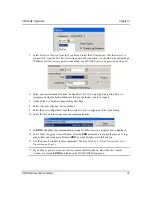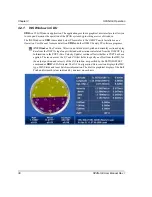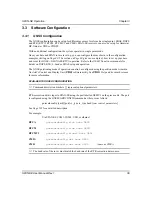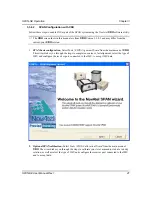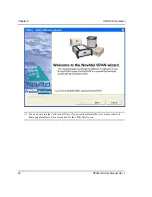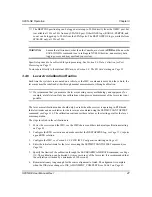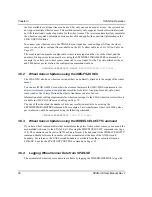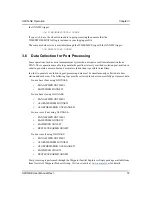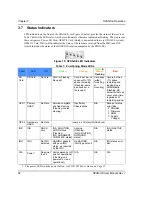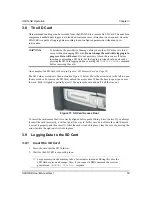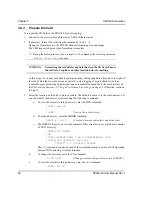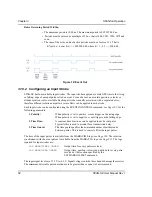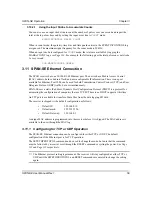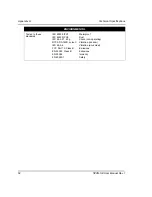
SPAN-SE Operation
Chapter 3
SPAN-SE User Manual Rev 1
49
9. When the uncertainties of the offsets are low enough to be used for a fast alignment, the
calibration stops and the VEHICLEBODYROTATION log, see
, is overwritten with the
solved values. To monitor the progress of the calibration, log VEHICLEBODYROTATION using
the ONCHANGED trigger.
The rotation parameters are saved in NVM for use on start-up in case a kinematic alignment is
required. Each time the IMU is re-mounted this calibration should be performed again. See also
Sections 3.4.3.1
and
starting on
for details on coarse and kinematic alignment.
WARNING:
After the RVBCALIBRATE ENABLE command is entered, there are no
vehicle-body rotation parameters present and a kinematic alignment is NOT
possible. Therefore this command should only be entered after the system has
performed either a static or kinematic alignment and has a valid INS solution.
The solved rotation values are used only for a rough estimate of the angular offsets between the
IMU and vehicle frames. The offsets are used when aligning the system while in motion (see
Section 3.4.1, Configuration for Alignment
). The angular offset values are not
applied to the attitude output, unless the APPLYVEHICLEBODYROTATION command is
enabled, see
.
3.5
SPAN Wheel Sensor Configuration
The SPAN-SE receiver supports various wheel sensor inputs.
A wheel sensor can be used to measure the distance travelled by counting the number of revolutions
of a ground vehicle wheel. Typical wheel sensor hardware outputs a variable frequency pulse that
varies linearly with speed. If the pulses are accumulated and the size of the wheel known, a
displacement of the wheel over time can be calculated. SPAN-SE takes in a wheel sensor input and
applies a displacement update to the GNSS/INS Kalman filter in order to constrain the position error
growth during GNSS outages. SPAN also automatically calculates the exact size of the wheel to
mitigate small changes in the size of the wheel due to hardware changes or environmental conditions.
Information on how the wheel sensor updates are being used is available in the INSUPDATE log, see
Wheel sensor information can be input into the system using one of three separate methods:
1. Directly connecting the wheel sensor to one of the event input lines available on the SPAN-SE
2. Using the wheel sensor interface on the iIMU-FSAS IMU
3. Entering the WHEELVELOCITY commands, see
, through the user interface
Specific details on the three methods of wheel sensor input are described below.
3.5.1
Wheel Sensor Updates Using the Event Input Lines
The event input lines in SPAN-SE can be configured to accept a wheel sensor signal directly. Any of



